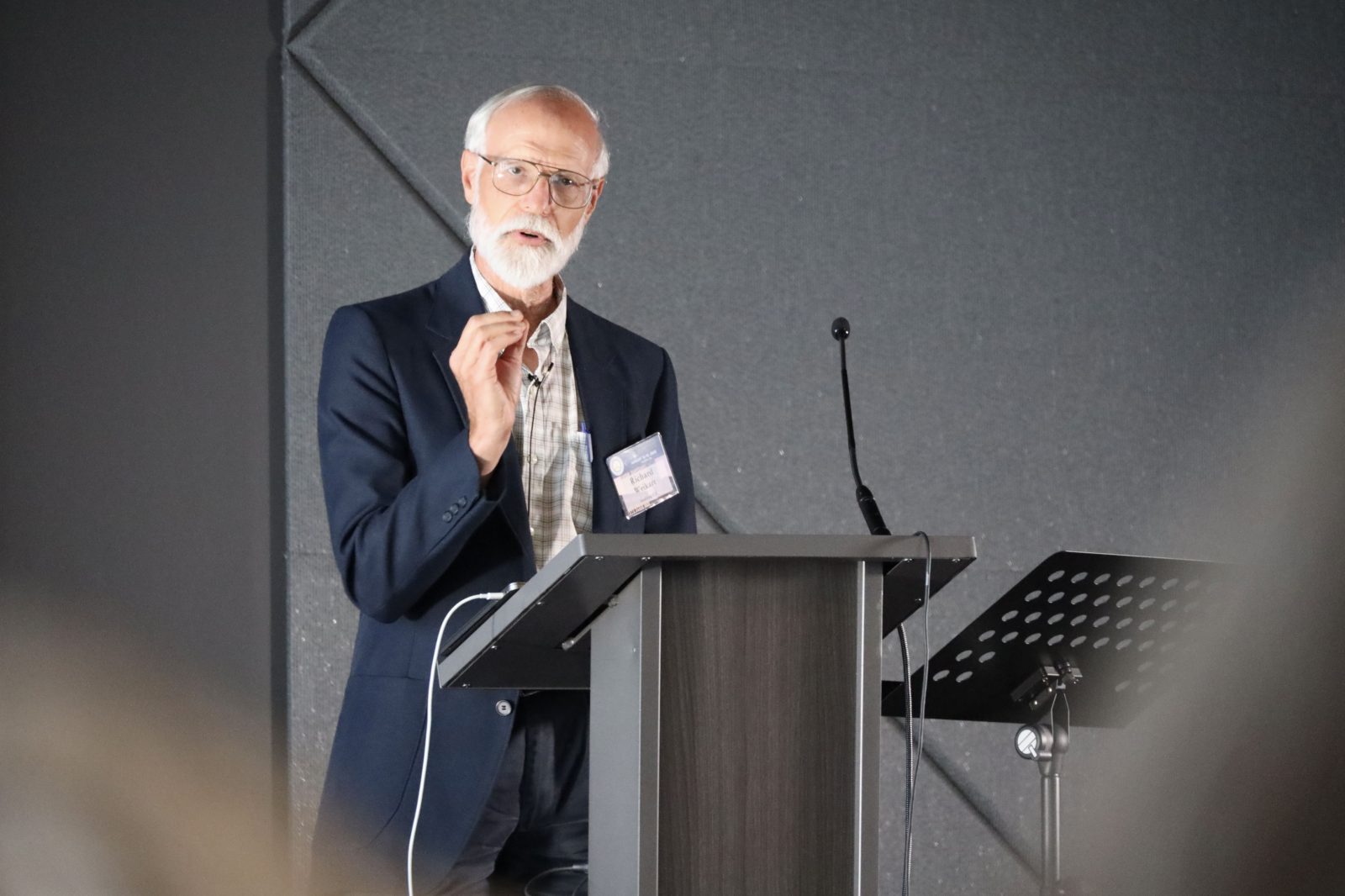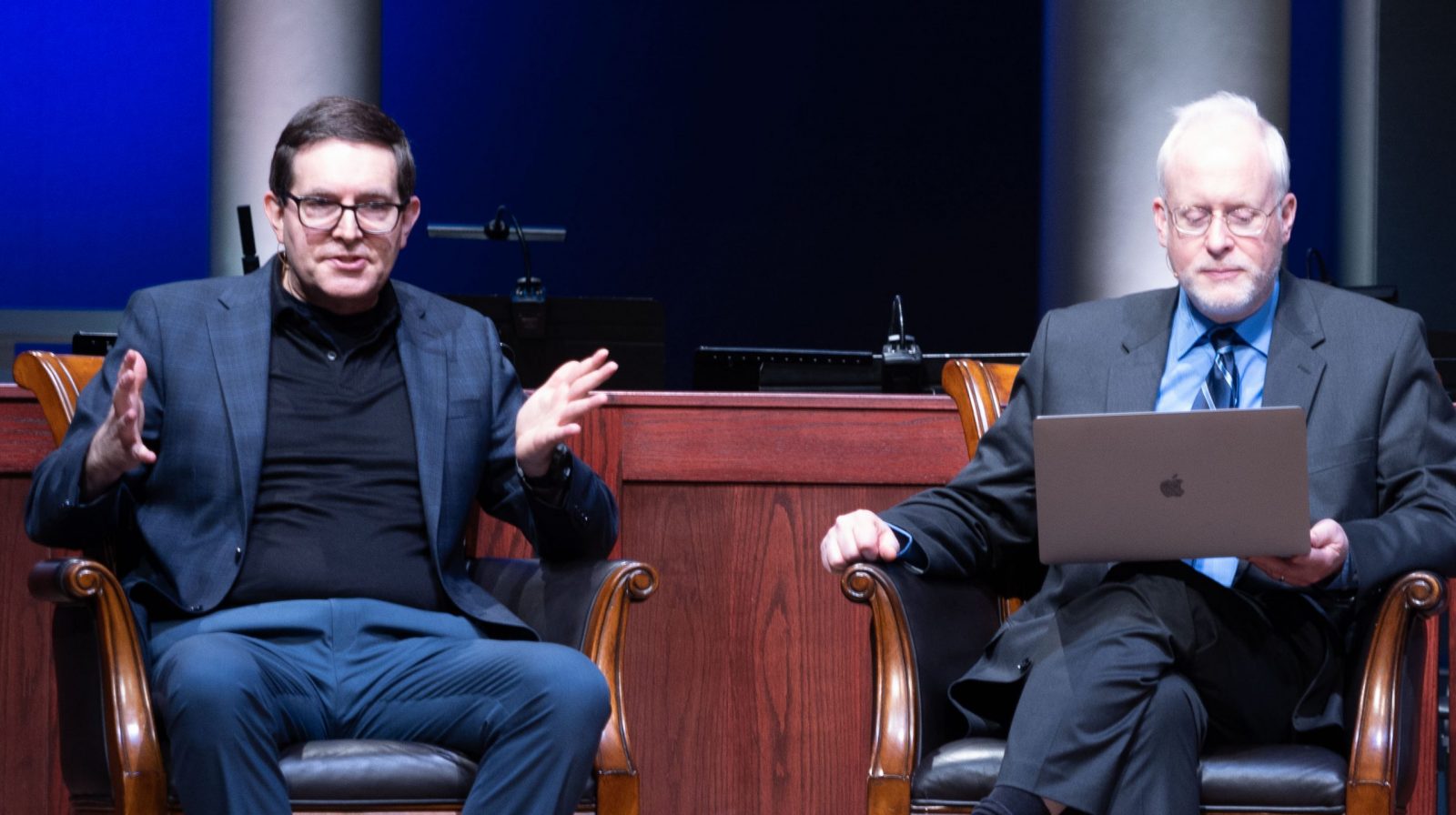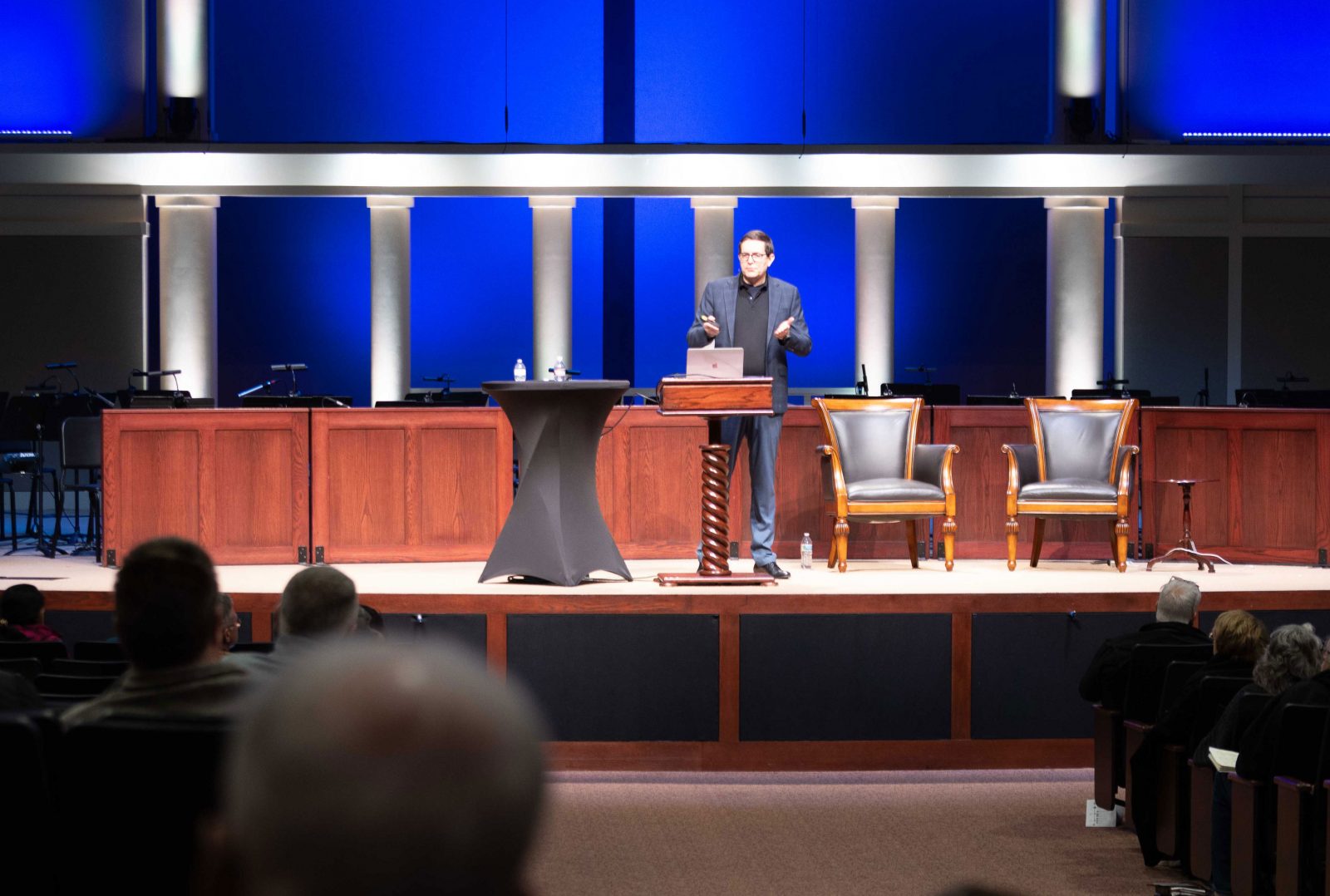
Ann Gauger: A Scientist’s Circuitous Journey to Faith
On this ID the Future, host Eric Anderson sits down with biologist and intelligent design proponent Ann Gauger to hear her story of how she got into the intelligent design movement and how the evidence for design has shaped her life. It begins with a lonely girl on a Kansas military base who at one point loses her Christian faith but also discovers the wonders of nature, and friendship, when she is given a horse and begins taking it for long rides in the countryside. Her intellectual journey takes her to MIT, the Scripps Institution of Oceanography, the University of Washington, and eventually into the Catholic church, where she explores becoming a nun until a conversation with echoes from the Sound of Music leads her in a different direction. Tune into hear the first part of Gauger’s moving story, and come back for the second half of her conversation with host Eric Anderson. Today’s episode is the first in an occasional series, Why It Matters, spotlighting leading intelligent design researchers and hearing from them about how they got into intelligent design, why they believe ID matters to our culture, and why it matters to them personally.








